Will the USA see another Tour de France winner?
Tour de France countdown - 6 days to go
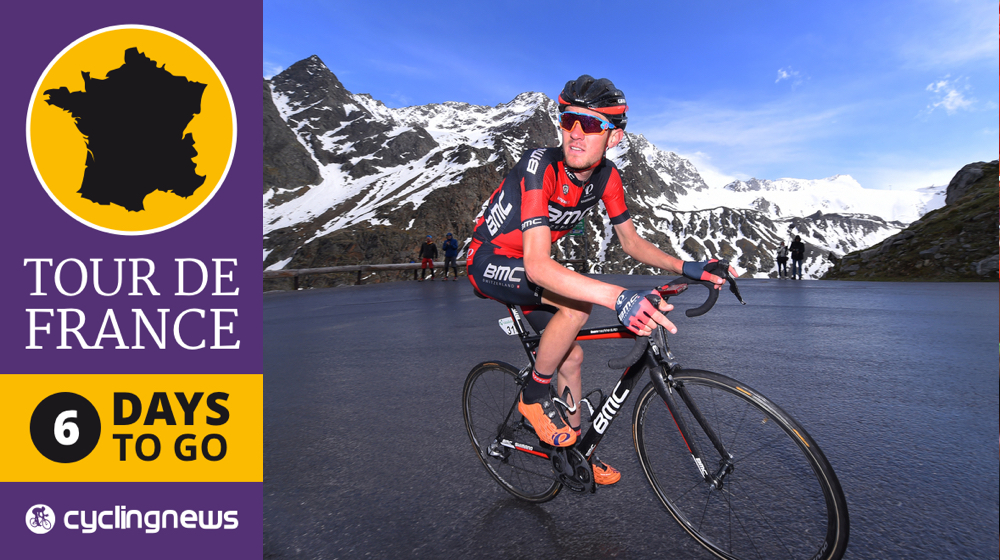
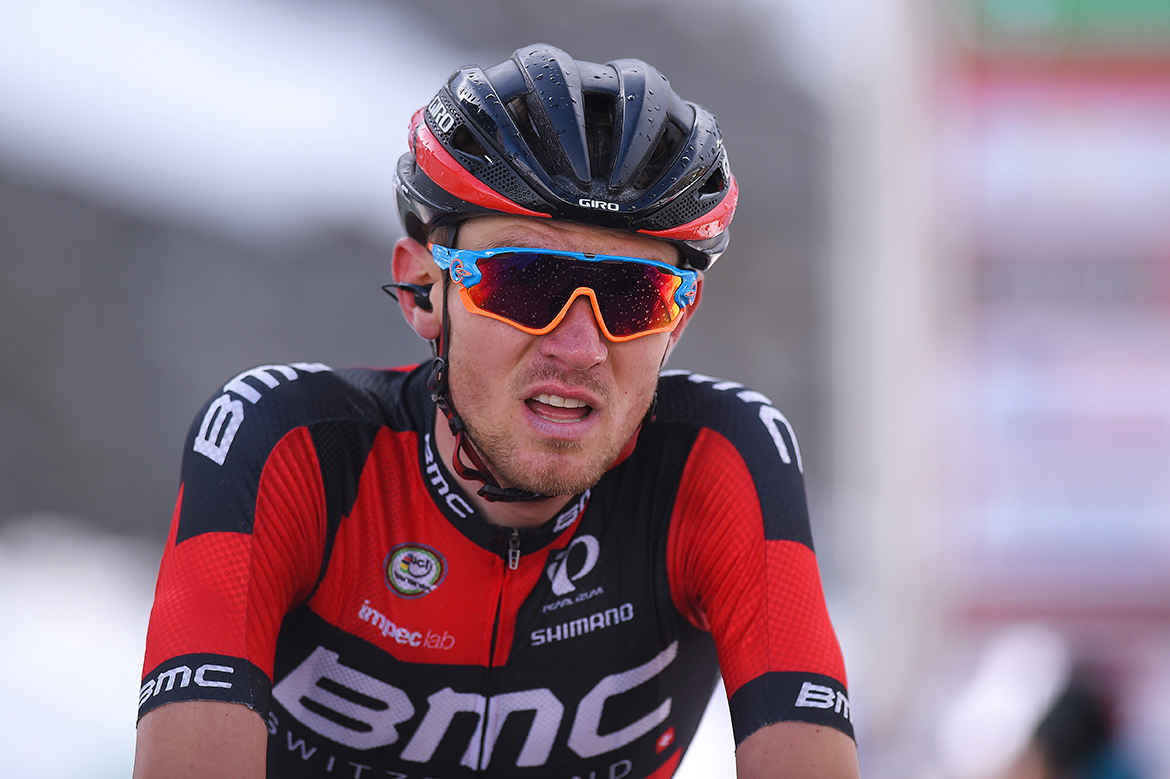
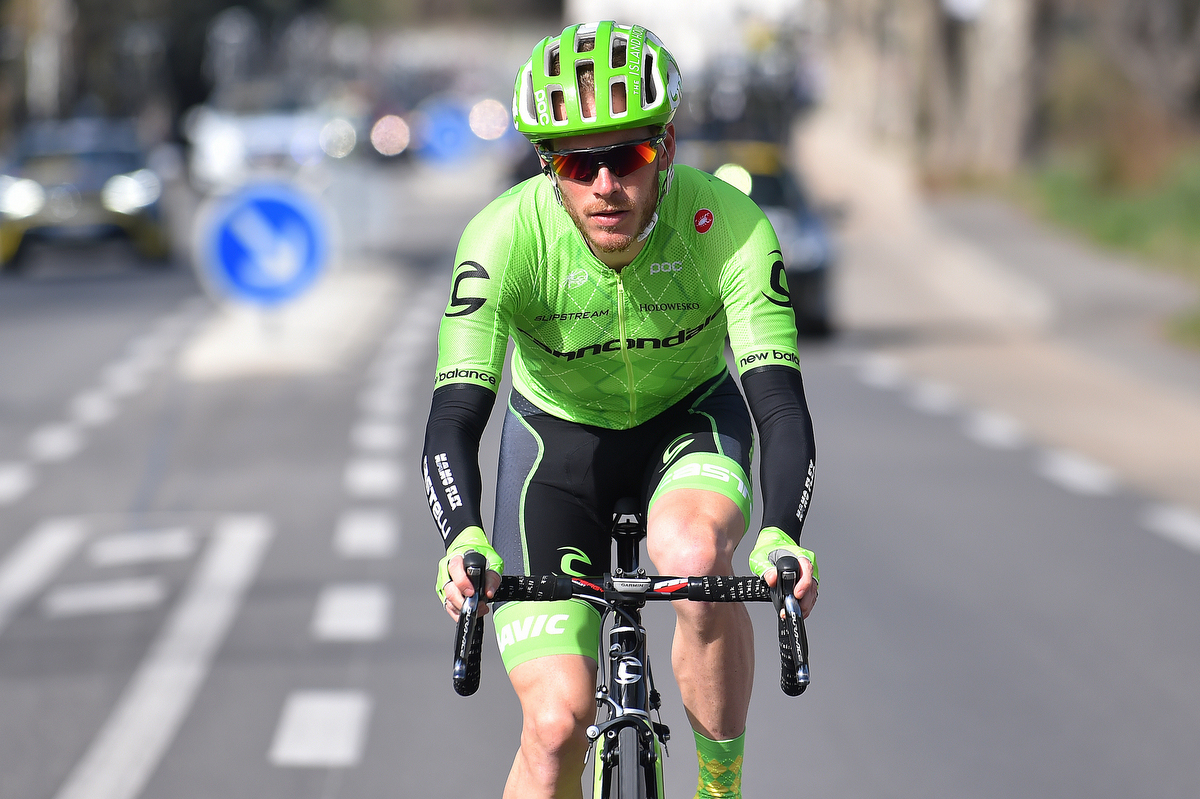
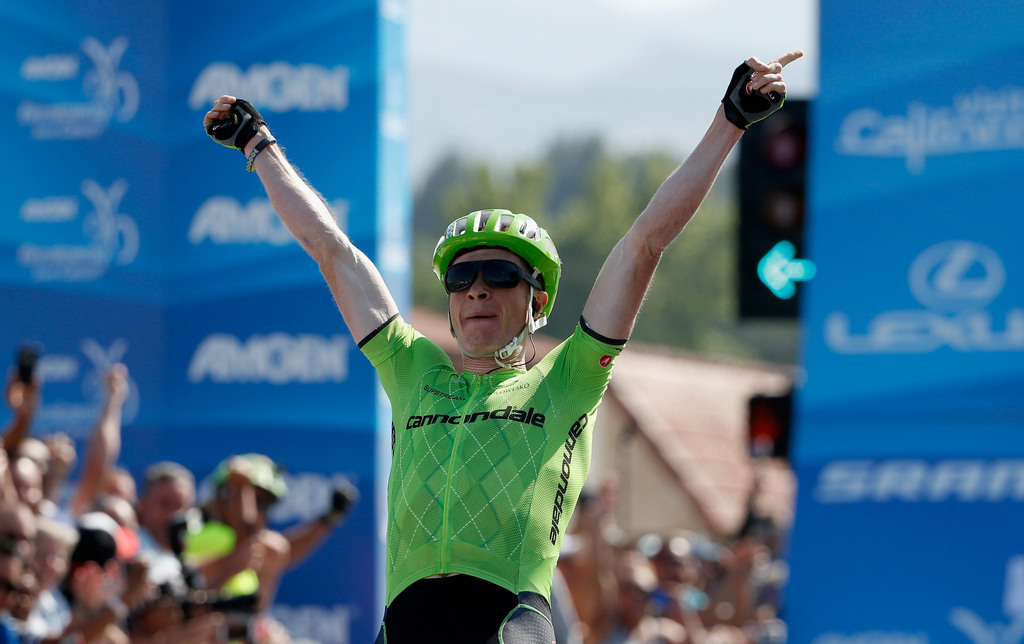
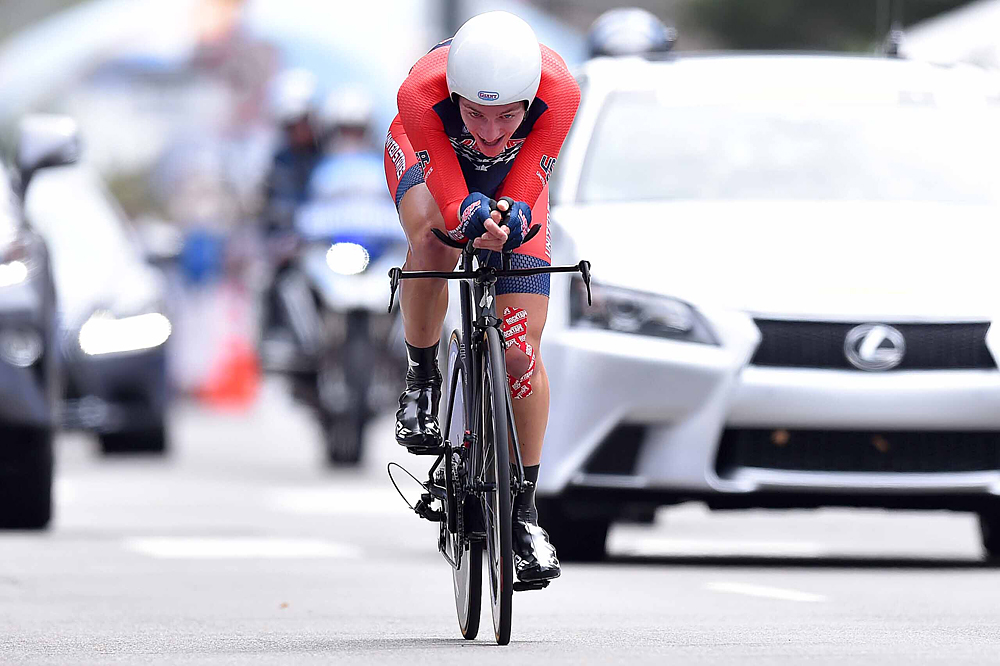
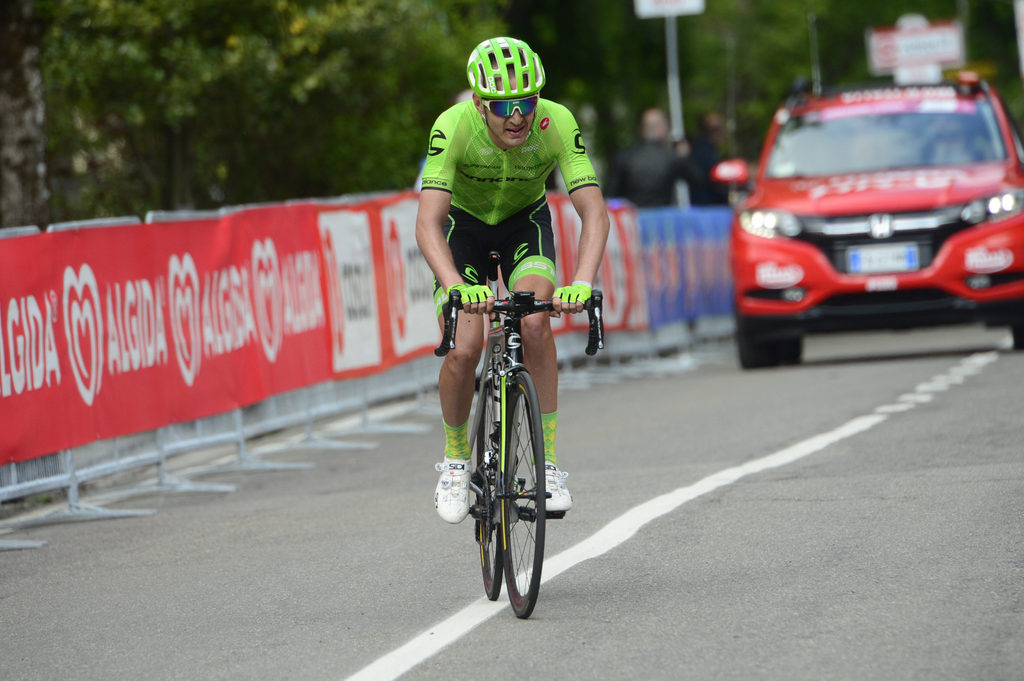
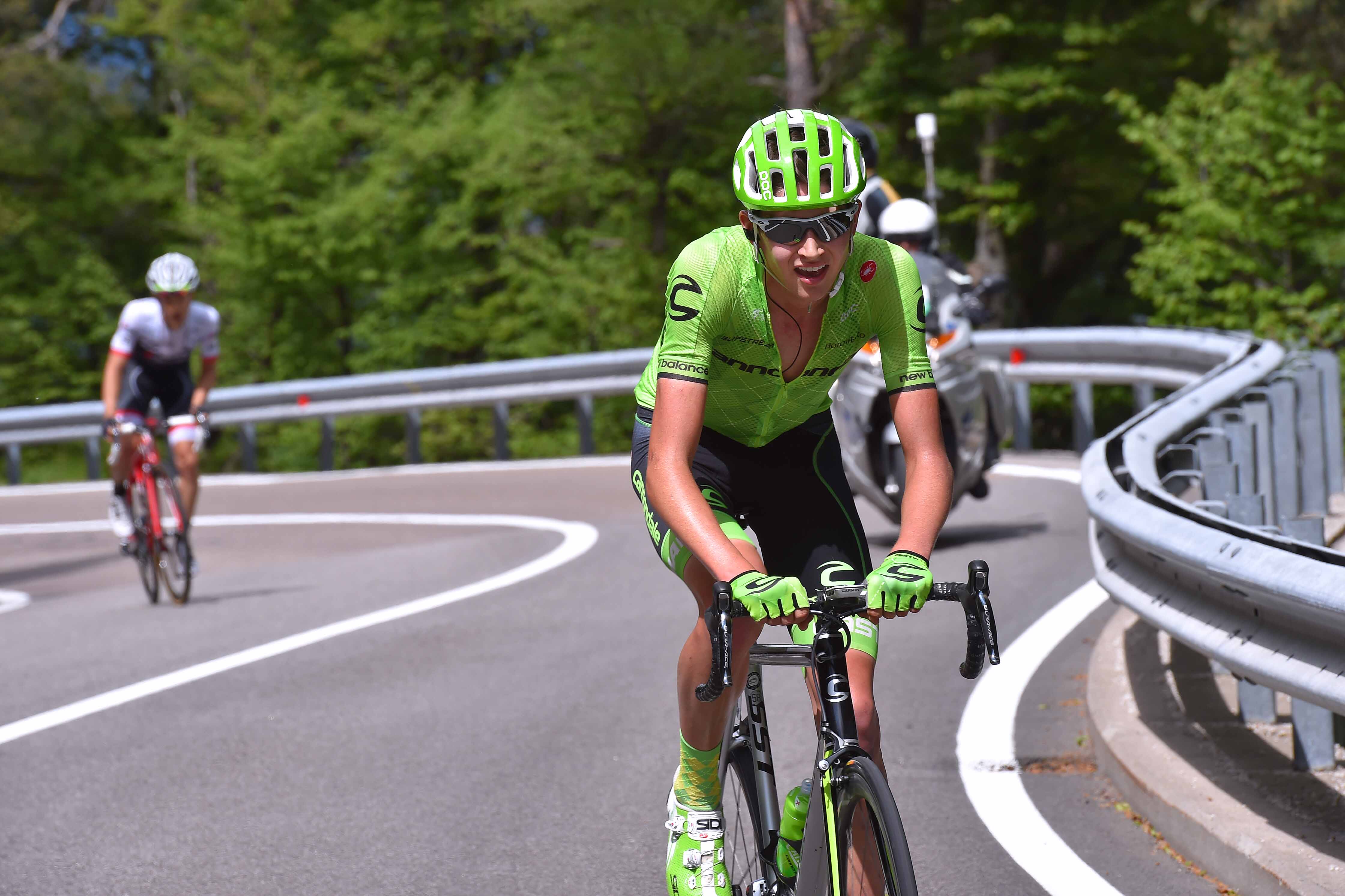
A decade ago, at the start of the 2006 season, American cycling was riding on the crest of a wave. Lance Armstrong had sailed into the sunset with his seventh Tour win the previous year and Floyd Landis looked like the heir apparent. American cyclists had not just arrived on the map - they had painted Europe with stars and stripes.
However, within a matter of months Landis had gone from hero to zero after returning a positive for testosterone. He was made to forfeit his maillot jaune and from that moment the American dream began to unravel. It wasn’t so much Landis’s direct actions, more the ramifications of them that sparked the end for a generation of American riders. Several high-profile cyclists – including Armstrong - eventually confessed to careers built on doping.
A nation of fans watched on as the ships slowly burned and when the tide washed out all that remained to look back on were the Tour wins belonging to Greg LeMond: a decade of results and achievements had been laid bare and tarnished.
It has been four years since the details of those doping practices were laid out and dealt with by USADA in their 2012 Reasoned Decision. Since then a new generation of riders has tentatively emerged and picked up the mantle for America, and although the nation lacks its icon, its star, it has arguably never before had such depth to its ranks.
This is indicative of a sea change in American cycling. The sport has always relied on the presence of one heroic icon – LeMond, then Armstrong – to generate interest and growth at home. But now, the American contingent racing in the WorldTour consists of some strong GC contenders, some good climbers, strong domestiques and that level of depth that might have been missing before.
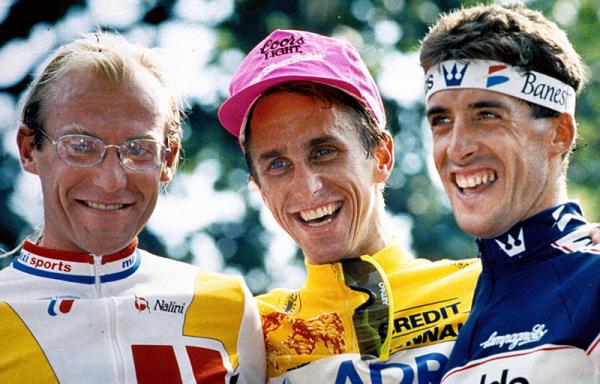
One man who knows a thing or two about both the previous and the current generations of American professionals is Jonathan Vaughters. The Cannondale manager was once a team-mate of Armstrong at US Postal and despite his own well-publicised past he has since become an advocate of clean cycling. The cycling team that he runs at WorldTour level was built from a US U23 team founded in the mid-2000s, and Vaughters himself has worked with most of America’s current crop of riders at one point or another.
Get The Leadout Newsletter
The latest race content, interviews, features, reviews and expert buying guides, direct to your inbox!
“We’ve got good riders on a lot of different teams and they’re all at a solid WorldTour level. Some do grunt work, some are capable of winning but there’s talent out there,” he says, having just watched one of his protégés, Ben King, win a stage and take the overall lead in the Tour of California.
King perhaps epitomises the calibre of American riders in the modern peloton. He came through the development ranks within USA Cycling, and even rode for Armstrong’s one-time feeder team, Trek-Livestrong, before finding his feet at RadioShack and then Cannondale. Like many of his compatriots he is not a prolific winner but he works for his team and takes his opportunities when they arise. He’s also one of the most down-to-earth riders one could ever imagine to meet. He is the antithesis of the macho all-American pro of the late 1990s and 2000s.
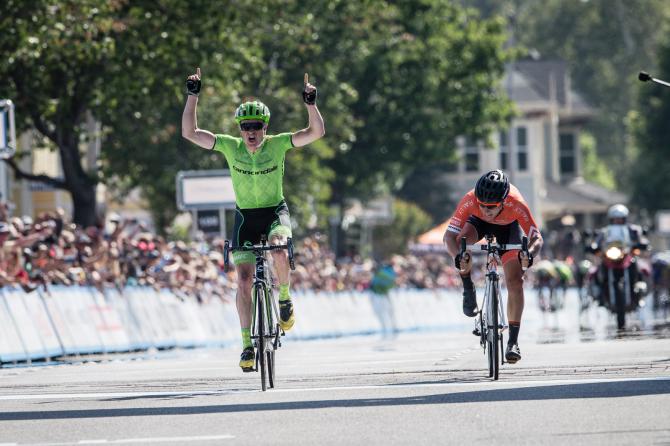
A lack of an icon?
Greg LeMond, the three-time winner of the Tour de France, pointed to his own experiences and memories in a recent interview on Cyclingnews: “I remember when I stopped racing and everyone asked: ‘Who is going to come through next?’ Now there are a couple of riders who can do really well. You’ve got someone like Andrew Talansky but then you’ve also got Joe Dombrowski and Nathan Brown, who I really like the look of. Brown has got a track background, so he can time trial. We’ve not seen his true potential yet. What’s exciting is that we’ve not seen the full potential from a lot of these guys.”
Vaughters turned professional a few years after LeMond hung up his wheels in 1994 and also thinks that America’s best hopes lie in the future.
“Clearly we don’t have the hugely iconic stars in US Cycling right now,” he says, before pointing out that there are still a number of Americans who can and should come to the fore this July.
“I don’t think we’ll see an American win the Tour de France this year but we can win a stage or two, maybe even three or four. Without doubt we can see an American in the top 10 overall and a load of them performing at a high level. And we should expect that.”
Tejay Van Garderen will aim for the top 10 and dream of the top five in this year’s race, and though the nation lacks a genuine sprinter they could have between five and 10 riders in the 2016 Tour. There are a selection of opportunists, climbers and domestiques who will aim to shine in their own way.
Alex Howes at Garmin has been threatening to take a major win for some time, and has the qualities to win from a break. Brent Bookwalter will be chaperoning Van Garderen through the mountains but can read a race superbly, while Taylor Phinney has continued his comeback from a career-threatening crash. The BMC rider, like Howes, can win from a break, and time trial.
“For us in the US, things started to improve slightly with Talansky and Van Garderen,” Vaughters says. “As to whether they could reach the level of being stars, it’s a bit of an unresolved question. They’re both damn good bike riders and have results to their names but in order to become an icon you’ve got to be a Peter Sagan or an Alberto Contador. Cycling in the US doesn’t have anyone on that scale just yet. Saying that, there are more capable guys, on more capable teams than there have been ever.”
The question has to be asked as to whether the US actually needs an icon. In Spain, Italy, France, and Belgian – the traditional heartlands of cycling – champions have come and gone but legends have been hard to replace from one generation to the next. France has not won the Tour since 1985, nor Belgium since Lucien Van Impe a decade earlier, and Spain are about to see the end of a golden generation of riders – Valverde, Contador and Rodríguez. Yet cycling remains popular because it is ingrained in the national identity of these countries. In the US, baseball, basketball and American football devour the airtime and saturate the sporting youth.
“It’s a really big nation and one where racing has increased over the years,” says Vaughters. “More kids give racing a try so that gives you a deeper talent pool than you had years ago. That means you come across incredibly talented guys once in a while. But whether or not we need an icon, that’s a really tough question. Everything is always easier when you have one but maybe it’s just artificially easier. If you have your icon then races pop up and they want to have that guy show up. That’s what their business plan almost entirely revolves around. Television audiences are based on things like that. I think the biggest ever US audience was when Lance won his fifth Tour on the Champs-Élysées. When you think about it, that’s just a flat stage in Paris and not as exciting as what happens in the mountains or when the race is really decided.
“So it’s easier when you have an icon but it’s a somewhat better brain exercise for cycling when it doesn’t have that because you need to look at the business plan and execution of a race when the icon isn’t there. The same applies for a team without an icon. You have to make them diverse. It’s a big challenge but it’s one that’s good to go through.”
Mike Sayers is one of the men at USA Cycling tasked with finding the next generation of US racing stars. In his heyday Sayers was a decent pro but in retirement he has found his niche as the Director of the USA’s U23 Development team. This year he has led the team to unprecedented successes in Europe and turned the heads of the WorldTour bosses to the new wave of riders at his disposal such as Logan Owen and Adrien Costa.
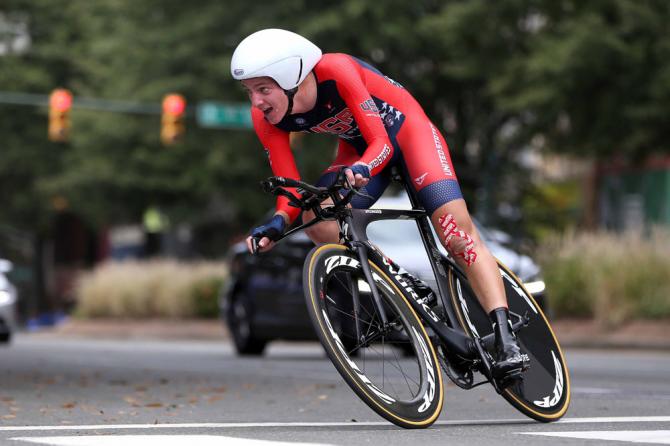
“I love the way this generation of riders ride aggressively and really try to get out there,” he says, pointing to the likes of Howes and Reijnen in the WorldTour ranks before acknowledging his own work at the U23 level.
“We saw that aggressive riding so much at the spring Classics. And with a bit more luck and experience we could have got a top-five.” Sayers keeps in touch with the senior riders on a regular basis, too, but explains that while the riders are excited about riding the Tour this year, they’ve also taken on board the national expectations placed on their shoulders.
“The ones I’ve talked to are really excited to do the Tour. They’re going to make something happen. They’re getting past the generation before them, the one that wasn’t setting the perfect example of what it means to be sportsmen.
“The young riders are the ones setting the tone. They’re the ones saying that they’re going to do it the right way. They’re going to have some good days, some bad and it’s going to take some time to overcome but for a decade the sport for us was dominated by one guy, and not just American cycling, but
cycling period. It’s going to be a while for us to move on totally but we’re slowly doing it with these young riders who are coming into maturity.”
Vaughters, too, is looking to the future. The likes of Van Garderen, Talansky and Phinney are leading the way this year but the promise and talent currently being cultivated at the U23 level should ensure that American cycling has Tour de France riders to cheer for, for many years to come, and maybe even another winner.
“Those kids, they’re lighting up the U23 scene left, right and centre. When the Joe Dombrowskis and Van Garderens are the elder statesmen, and those kids are coming through, that’s when it’s going to be very interesting. There will be another American Tour winner, and an icon. If it’s in the next five, 10, 20 years I don’t know, but it will happen.”